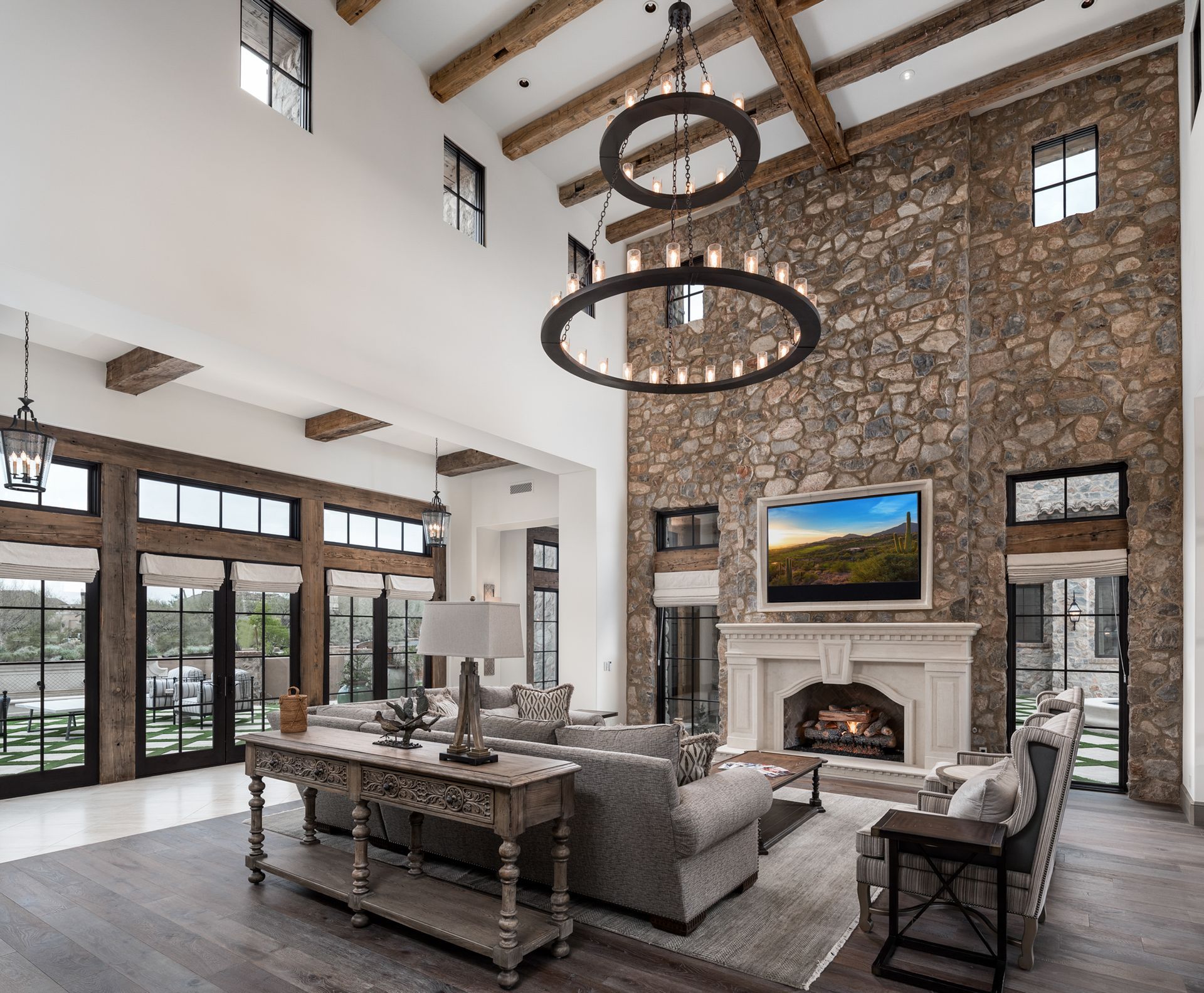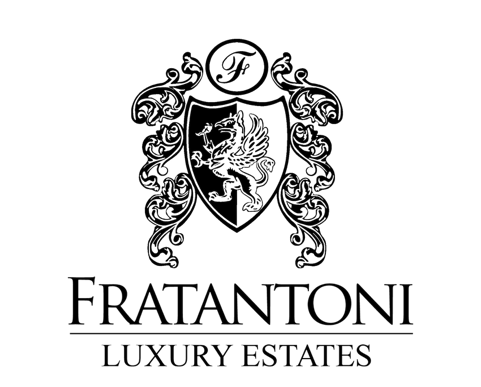Beadboard
Beadboard is a row of narrow wood planks lined up vertically. In between each wood plank is a little indentation or ridge–also known as a “bead”. These days most ‘beadboard’ comes in long, monolithic sheets that are easy to install and imitate the look of narrow vertical planks. Beadboard comes about 1/3 up the sides of the wall, with the chair rail at the top and the baseboard at the bottom.
 True beadboard is the traditional material used to construct wainscoting along the bottom portion of walls in bathrooms, kitchens, dining rooms or any room of the house. Beadboard gains its name from the fact that when the pieces are fastened together, they create a bead between them.
True beadboard is the traditional material used to construct wainscoting along the bottom portion of walls in bathrooms, kitchens, dining rooms or any room of the house. Beadboard gains its name from the fact that when the pieces are fastened together, they create a bead between them.
Beadboard is comprised of long slats of wood, usually 2 1/2 inches wide with a tongue on one side and a groove on the other. For this reason they are also called tongue and groove slats. They are positioned together along their long edge. The tongue on one slat fits into the groove in the next. Where they come together they form a bead, hence the name beadboard.
Beadboard is the material originally used to make wainscoting. When fastened together, it creates a lovely effect of parallel vertical slats. There is such a thing nowadays as imitation beadboard. This basically consists of 4 by 8 foot sheets of vertically patterned paneling, usually no thicker than 5/16 inches. When glued to a wall, it resembles a series of tongue and groove slats, but it is not proper beadboard.
Deciding on the best types of wood to use for beadboard panels will often depend on what decorating outcome is desired, what room is to be decorated, and most importantly, the furniture theme or style of the room. Wooden bead board paneling, an extremely versatile decorating motif, can be utilized in any room, it can be stained and varnished, or painted and custom finished in natural wood tones, and is a very economical decorating option. Many of the natural woods used in bead board panels include the rich reddish tones of Cedar and oak, natural light woods such as rustic knotty pine and Douglas fir, or the customized and expensive-looking Walnut and Cherry panels.
BeadBoard Origins
Although originally used as utilitarian paneling to protect heavy traffic in halls and walk ways, spills and splatters in kitchens and to protect walls in bathrooms, bead board panels still serve these same purposes; however, they are can also be used now as decorating options for many homes. Bead boards, especially if correctly treated with modern finishes, can make cleaning hallway, kitchens and bathroom walls much easier.
Solid Wood Beadboard Panels
Adding pine or fir bead board panels to any room, especially when finished with a natural stain and several coats of varnish, will add a rustic, natural woodsy feeling to the room. For a touch of class, there is not much that can compare to the rich, elegant tones of Cherry or Mahogany, especially when finished with a satin gloss varnish, and a hard wax polish. Walnut and Maple woods bring a formality and grace to any room finished with these woods that is hard to beat. Any of these woods, either finished professionally or by a homeowner, will require very little maintenance and will stand up to much abuse.
Information Curtesy of This Old House
Want to learn more about different types of wainscoting ? Contact us !
The post Beadboard appeared first on Fratantoni Luxury Estates.













